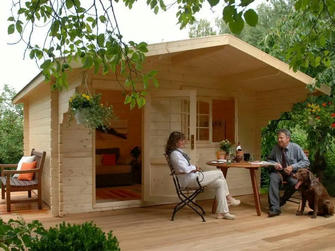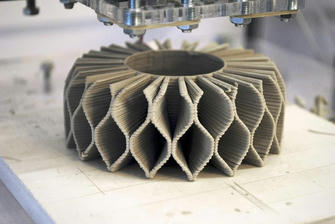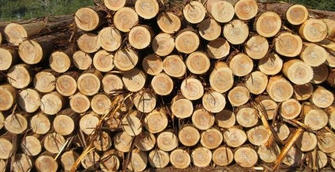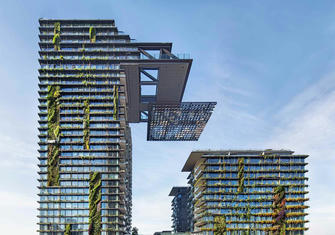-
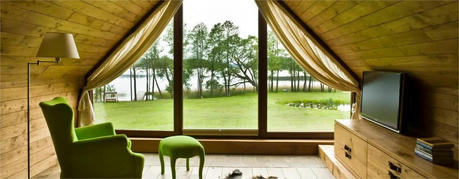 Logcabin Design
Logcabin DesignMaximizing Natural Light and Ventilation in Log Cabin Design
In the design of log cabins, the choice of window types and layouts is crucial for maximizing natural light and airflow. Given that log cabins are meant to harmonize with their natural surroundings, thoughtful window placement can greatly enhance the living experience by creating a bright, airy environment. This article explores various strategies for optimizing natural light and ventilation through effective window selection and arrangement.
-
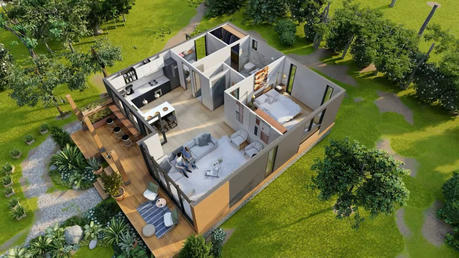 Logcabin Design
Logcabin DesignPractical Guide to Durable Wooden House Interior and Exterior Design
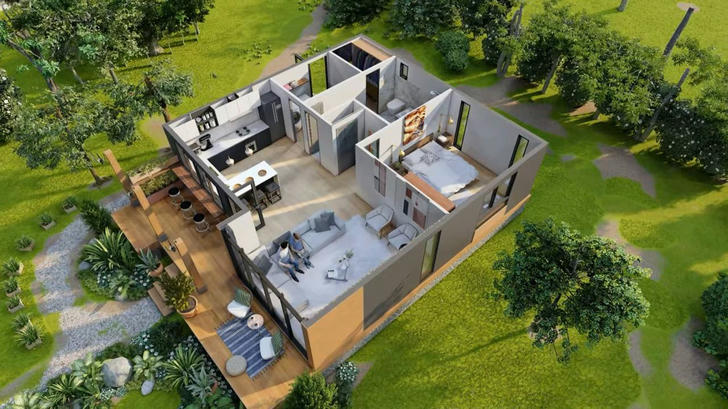
Log cabin design is not only about creating aesthetically pleasing spaces; it's about enhancing the quality of life and ensuring future usability. A well-designed log cabin can provide comfort and convenience now while remaining flexible for future changes. By balancing sustainability with economic benefits, log cabin living spaces can be both functional and environmentally responsible. Thoughtful design choices reduce resource waste, cut energy costs, and create spaces that are beautiful and durable.
-
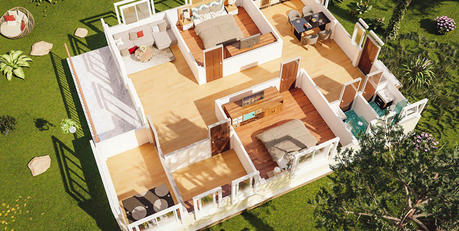 Logcabin Design
Logcabin DesignThe Art of Log Cabin Design: Enhancing Comfort and Functionality in Rustic Living Spaces
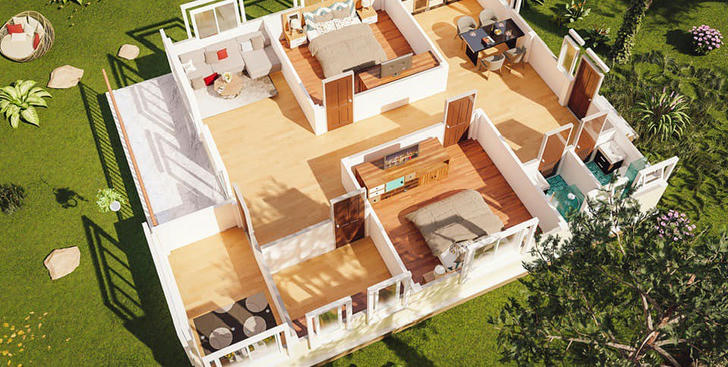
Log cabin design is the art of creating comfortable and functional spaces that reflect a rustic charm. It is not only about aesthetics but also about how the space enhances the quality of life. A well-designed log cabin can make living in nature feel relaxing and enjoyable.
-
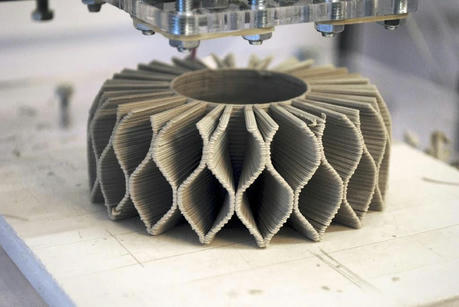 News & Trends
News & Trends3D Printing Buildings Becoming a New Trend in Future Architecture
The architectural industry is on the brink of a revolution, with 3D printing technology poised to reshape the way we design, construct, and inhabit buildings. Over the last decade, 3D printing has transitioned from a novelty in manufacturing to a practical tool for creating large-scale structures. From sustainable housing to rapid construction of complex designs, the potential of 3D printing is vast, and its impact on future architecture is only beginning to be realized. This article explores how 3D printing is becoming a new trend in architecture and what it means for the future of building construction.
-
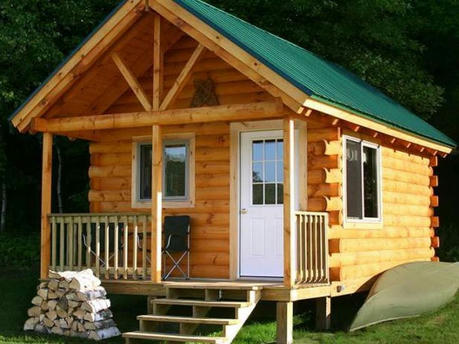 News & Trends
News & TrendsBuilding Codes and Regulations: What’s Changing for Log Cabins in 2024?
As the popularity of log cabins continues to rise, so does the complexity of building codes and regulations governing their construction. In 2024, several changes in these codes are expected to significantly impact the log cabin industry. Understanding these changes is crucial for builders, buyers, and investors alike. This article will explore the key changes in building codes and regulations, their implications for log cabin construction, and actionable solutions to navigate these evolving requirements.
For log cabins, specific codes address the unique aspects of wood construction, such as wood treatment, insulation requirements, and structural stability. In 2024, several trends in building codes are set to emerge, primarily driven by advancements in technology and increasing environmental concerns.
-
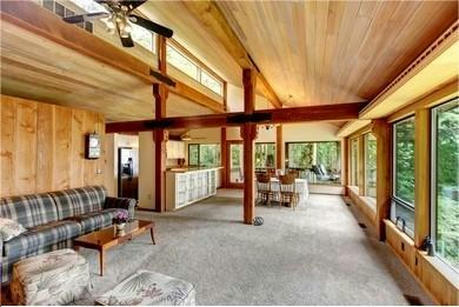 News & Trends
News & TrendsConsumer Preferences in Log Cabin Design: Insights from Recent Surveys
As the log cabin market evolves, understanding consumer preferences becomes essential for manufacturers and builders. Recent surveys reveal valuable insights into what potential buyers are looking for in modern log cabins. These preferences encompass design elements, functionality, sustainability, and community aspects. This article explores these findings, provides examples to illustrate consumer desires, and suggests actionable solutions for builders and designers aiming to meet these evolving needs.
-
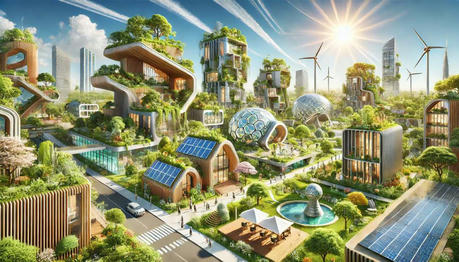 News & Trends
News & TrendsEmerging Trends in Sustainable Architecture: Innovations to Watch in 2024
As global awareness of environmental issues intensifies, the architecture industry is experiencing a shift towards more sustainable practices. In 2024, we anticipate a significant leap in innovations that aim to minimize the environmental impact of buildings, improve energy efficiency, and promote greener urban environments. This report explores the most important emerging trends in sustainable architecture that are poised to shape the industry in the coming year.
-
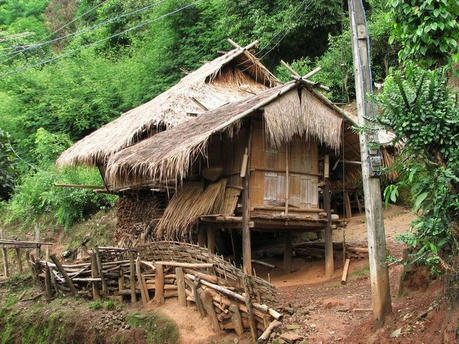 News & Trends
News & TrendsFrom Tradition to Modernity: The Evolution and Development of Log Cabins
The design and construction of log cabins have a long history, dating back to their origins in Northern Europe and North America. Traditional log cabins are known for their simple, practical structures and use of natural materials. Over time, this architectural form has undergone significant evolution, gradually incorporating modern design concepts and technologies.
-
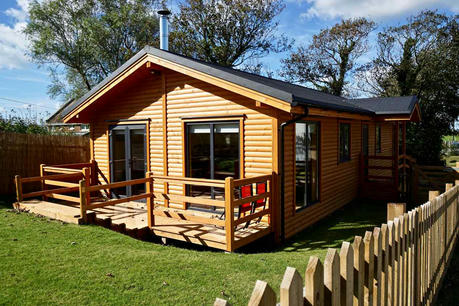 News & Trends
News & TrendsLatest Industry Trends in Log Cabin Construction for 2024
As the popularity of log cabins continues to rise, the construction industry is evolving to meet the demands of modern buyers. In 2024, several emerging trends are shaping the log cabin market, including design preferences, sustainable practices, and shifts in buyer demographics. Understanding these trends is essential for builders, manufacturers, and potential buyers alike. This article explores these developments and provides actionable solutions for adapting to the changing landscape.
-
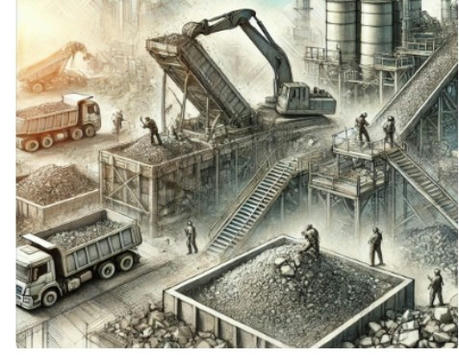 News & Trends
News & TrendsRecyclable materials may revolutionize the construction industry in the future
The construction industry significantly impacts the environment, contributing to about 38% of global CO2 emissions. It consumes vast amounts of natural resources like water, energy, and raw materials, while generating large quantities of waste. Key environmental concerns include high carbon emissions from material production, especially concrete and steel, deforestation for wood, and excessive energy usage in building operations. Additionally, construction activities cause habitat destruction, soil degradation, and pollution, further intensifying the industry's ecological footprint. Sustainable practices, like using recycled materials, are becoming crucial to mitigating these effects.
TRENDING
- Minimalist Cabin Living: Declutter Your Space and Simplify Your Life
- 3D Printing Buildings Becoming a New Trend in Future Architecture
- Incorporating Natural Elements into Cabin Interior Design
- Sustainable Building Materials: A Comparison Guide to the Best Options
- The Ultimate Guide to Pet-Friendly Cabin Getaways
- Log Cabin Rentals Featuring Hot Tubs for Relaxation in Nature


